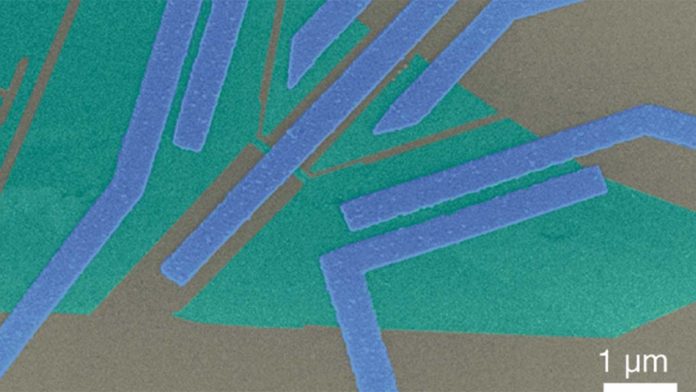Quantum entanglement is the foundation of the novel quantum advances. However, this concept has baffled numerous physicists throughout the years, including Albert Einstein, who stressed significantly over the spooky interaction at a distance that it causes.
Given the significance of entanglement to quantum technology, the ability to create entanglement easily and controllably is an essential goal for scientists.
Recently, a collaborative group of scientists from Finland, Russia, China, and the USA has demonstrated that temperature difference can entangle pairs of electrons in superconducting structures.
Scientists designed a device where a superconductor was layered withed graphene and metal electrodes.
Doctoral candidate Nikita Kirsanov, from Aalto University, said, “Superconductivity is caused by entangled pairs of electrons called “Cooper pairs.” Using a temperature difference, we cause them to split, with each electron then moving to a different standard metal electrode. The resulting electrons remain entangled despite being separated for quite long distances.”
The work promises powerful applications in quantum devices, bringing us one step closer towards applications of the second quantum revolution.
Along with practical applications, the study suggests that the process of Cooper pair splitting works as a mechanism for turning temperature differences into correlated electrical signals in superconducting structures. The developed experimental scheme may also become a platform for original quantum thermodynamical experiments.
Journal Reference:
- Z. B. Tan, A. Laitinen, N. S. Kirsanov, A. Galda, V. M. Vinokur, M. Haque, A. Savin, D. S. Golubev, G. B. Lesovik, P. J. Hakonen. Thermoelectric current in a graphene Cooper pair splitter. Nature Communications, 2021; 12 (1) DOI: 10.1038/s41467-020-20476-7
